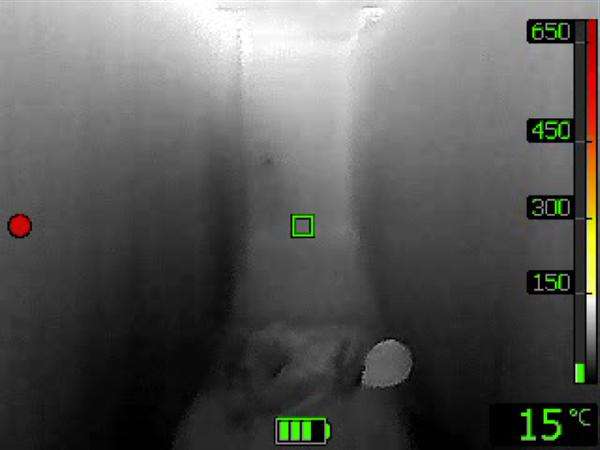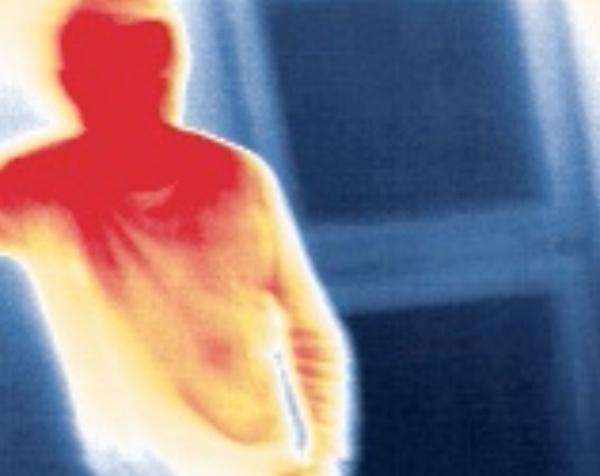Augmented reality for firefighters

An EPFL team is working on a smart visor that, combined with a thermal imaging camera, will help firefighters see what's around them in real time, even at night and in smoke.
All firefighters, volunteers and professionals alike, have to learn how to deal with flames. But fire is not the only risk they face. Toxic, impenetrable smoke and darkness add to the dangers and slow the firefighters' progress. Clad in protective gear weighing over 20 kilos, firefighters may also be dragging a firehose behind them and carrying a thermal imaging camera to help orient them, analyze their surroundings and locate victims.
"They really count on the thermal imaging camera, but it gets in the way and forces them to interrupt their search if they want to analyze a room," said Adrien Birbaumer and Martijn Bosch, who are behind the VIZIR project at the Images and Visual Representation Laboratory. To overcome this handicap, the two engineers came up with a solution that frees up the firefighters' hands. Their solution consists of placing a mini infrared camera on the helmet and incorporating a transparent screen in the oxygen mask.
Thus equipped, firefighters see two images in their field of view: what their eyes see and what the thermal imaging camera records and displays in real time. This allows firefighters to move around more easily and avoid obstacles without having to interrupt the search process. "We worked on the best way of representing hot and cold zones," said Birbaumer. "We used red and blue, of course, but we had to find the right tones that would be visible on a transparent surface."

A little getting used to
The two engineers are testing their prototype – a pair of augmented-reality glasses for the time being – with the help of ECA, the public fire and natural disaster insurance company in Vaud Canton. Firefighters wear the prototype during training sessions in order to test its effectiveness and give feedback. Jean-Marc Pittet, who is in charge of training firefighters in Vaud Canton, is involved in the tests and in the approval process at each step of the development process. "At first it's hard to know what you're seeing, if it's the real thing or not, but you get used to it surprisingly fast and can easily handle the two overlapping views."
The next step will be to incorporate the screen in the oxygen mask itself and reduce bulk by eliminating some of the wires.
Provided by Ecole Polytechnique Federale de Lausanne


















